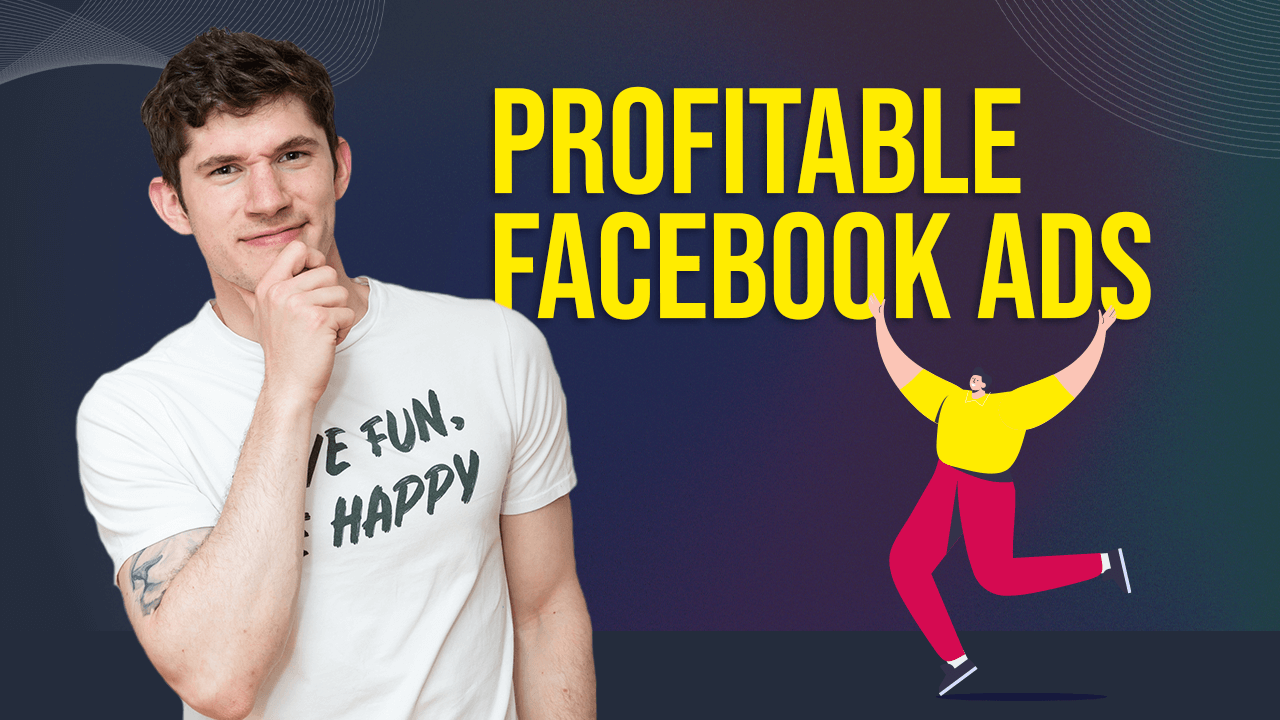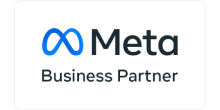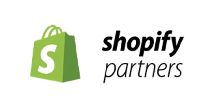Looking to run Facebook ads in 2023? Perhaps you’re looking to expand your presence, but struggling to cut through the noise?
Over the past year, there have been enormous changes in the way Facebook advertising operates.
But:
Some of the changes are subtle and easily missed.
Which is why some brands are currently experiencing a dip in the ROI for their Facebook campaigns.
Campaign approaches that were successful in 2021-22 are less likely to bring you returns in 2023 because the platform has changed, but – probably more significantly: the audience has changed.
And failure to address the changing wants and needs of the audience results in an inability to penetrate.
In this article, we’re going to explore three essential strategies to implement right now that will help boost your Facebook Advertising success in 2023.
We’re going to look at:
Branding – how consistency, content, and continuity represent the face of your company, and how this is more important than ever
Omnipresence – how multi-platforming is the necessary, desirable, and savvy way to chase sales. Micro-targeting to produce results.
Marketing funnels – understanding more about how you can improve the lifetime value (LTV) of your client journey.
Ready?
Let’s go.
1. Brand Is Becoming More Important Than Ever
Back in the day, you could just stick up a Facebook ad with a special offer, send it out to an audience, and you’d get leads, conversions, and new customers.
But:
Two things are happening.
Consumers have become more informed and savvy about the way they use the Facebook platform. And consumers have grown tired of the advertising that interrupts their Facebook experience.
People Hate Our Ads!
A study by eMarketer revealed that only 10% of Internet users are NOT annoyed by digital advertising.
People do NOT like ads on social media and are sick of adverts interrupting their daily use.
Consider your own use of social platforms. You probably “Skip Ad” as soon as you can and curse at the screen when an ad interrupts a video.
This behaviour can’t be ignored for continued success with your Facebook strategy for 2020.
We need to consider how advertising on Facebook is perceived, and adjust our approach to gain favour; rather than gather haters.
Be Trustworthy
This doesn’t mean that Facebook advertising is dead.
Far from it.
It just means that we have to understand that our ad must offer something useful, engaging, and trustworthy.
When people see our ads, we need to reassure the consumer that we can be trusted, we have authority, and we can help address their needs.
If you stick up an ad offering a 10% discount and your target audience clicks on a link sending them to your Facebook Page, consider what complementary content you’re offering them.
Think about how you’re presenting your brand and what that says about the service you’re offering.
Consider Consistency
What does a user see when they first click on your Facebook Page?
If they see nothing – no other content – it says something pretty disappointing about your brand.
If they see your logo, but it doesn’t fit correctly in the Profile display, consider how unprofessional that makes your brand appear.
Likewise, does your cover image represent you as a brand?
As Facebook Official Marketing Partners for both technical and advertising services, we’ve learned that these subtle indicators really do matter. We noticed that in 2019, there were lots of brands getting left behind for reasons that are easy to resolve.
Trust
Of course, there have been several high-profile cases over the past couple of years that have diminished general confidence in Facebook.
We’re talking about data breaches and potentially untrustworthy political and social content here, so it has become even more important to project an image of consistency, reliability, and high-quality content through your brand.
That way, you win trust.
Branding
This means that branding is more important than ever to profit with Facebook Ads in 2023.
Think about your aesthetic:
Do you use the same fonts throughout? Is the colour scheme consistent? Are you producing content that can reassure your potential customers that you’re an authority and you can be trusted?
Give your brand a human face. It’s important for consumers to see you and to hear what you sound like. That way they’re buying into something human and tangible that they can trust.
Going into 2023, trust is critical.
2. Omnipresence
Omnipresence is the idea of showing up everywhere.
When someone searches for us on Google, they might find a blog. They might read the blog and click on an internal link that makes them explore your website. The blog should lead them towards your video content and offer content in podcast format.
Distraction
The blog should also draw the reader towards your Facebook Page so that we can follow them around the platform and provide targeted ads.
But:
They click on your advert, click on your Buy Product button, and get to the shopping cart. Then they get distracted and leave.
This happens all the time: getting your customer through the journey only to fail at the final hurdle.
Multi-Platforming
That same potential customer might go on Instagram. You can send them a retargeting ad that says “hey, I noticed that you added an item to the cart but you didn’t buy. Do you want to come back and complete the purchase (perhaps with an extra incentive, such as free shipping)?
And eventually, they come back and buy from us.
Seven Touchpoints
It’s commonly believed that you need seven touchpoints before someone buys from you, and this sense of being everywhere is a way to rack up those incentives to convert.
So, we can use Facebook to achieve these seven touchpoints with Micro-Retargeting.
Micro-Retargeting
On Facebook, we can target people who have been on our website, that are on our mailing list, that have engaged with our content on Facebook and Instagram. We have a fantastic opportunity to target people who are interacting with us and engaging with our brand.
It’s becoming more and more essential to target our advertising towards people who have engaged with us already. It’s much more effective than simply blanket targeting, where you’ll fall into the unpopular abyss of the “annoying advertiser”.
We can target people on the basis of their previous engagements. Perhaps they added an item to your shopping cart but didn’t complete the purchase. Maybe they viewed a product but didn’t add to cart. They might have read your blogs, but they never explored your website or your Facebook presence.
The more touchpoints you can create, the more micro-retargeting ammunition you have to convert a visitor into a customer or a referrer.
People Are Busy
A potential customer might add a product to your cart, but they might have run out of time to complete the transactions. Perhaps they couldn’t find their payment card; maybe they got distracted. Their kid probably started crying or their Deliveroo arrived.
It doesn’t mean that they’re no longer interested in your product. They got as far as the cart, after all.
Micro-retargeting is all about reminding them that you’re still there.
It’s about building your audiences, engagements, mailing lists, and the number of people watching your videos. It’s about creating reliable, trustworthy, and interesting content that keeps them on your Facebook Page.
It’s these retargeting strategies that will eventually get your Facebook audience to become your customers.
And keep them coming back.
3. Understanding Funnels
Facebook ads are one tiny part in an overarching funnel when somebody comes to buy from you.
A funnel is essentially the steps that people take from going from a stranger to being a customer. Facebook ads are typically just the first part of that journey.
Once you’ve engaged with a stranger, you can use retargeting to help them understand what you’re all about. Building trust, increasing engagements, and offering all types of content.
But it’s down to you as a marketer to understand how everything connects.
Sure, you might get super-cheap clicks or super-cheap leads, but if those engagements aren’t turning into customers, then it’s your funnel that’s not working.
It’s not Facebook ads that aren’t working.
Check out my video – What to do when Facebook ads aren’t working – where I explain more about the concept of the funnel.
Return On Investment
Let’s say that there’s someone who is buying your product, but it costs you £20 in advertising spend to get the message across. If the cart average spend is £20, you’re only breaking even.
So:
Rather than just trying to bring down the advertising spend on that customer, we can consider the lifetime value (LTV) of that customer.
Consider how you can increase the value of the customer from £20 to £50, for example?
Understanding the LTV of the customer, as well as the cost per lead, per click, etc. helps us to recognise whether our funnel as a whole is working.
Buy More
It’s crucial, therefore, to understand the LTV of the customer, encouraging them to buy more from you, perhaps increasing the quantity that they purchase. Are your prices too low? Can you encourage them to buy more or add supplementary products to their cart?
Recognition of the entire funnel helps us to appreciate how we can maximise the income from the customers we already have.
If you’re looking for a Facebook advertising agency that can help you generate more profit from your campaigns, get in touch today.






